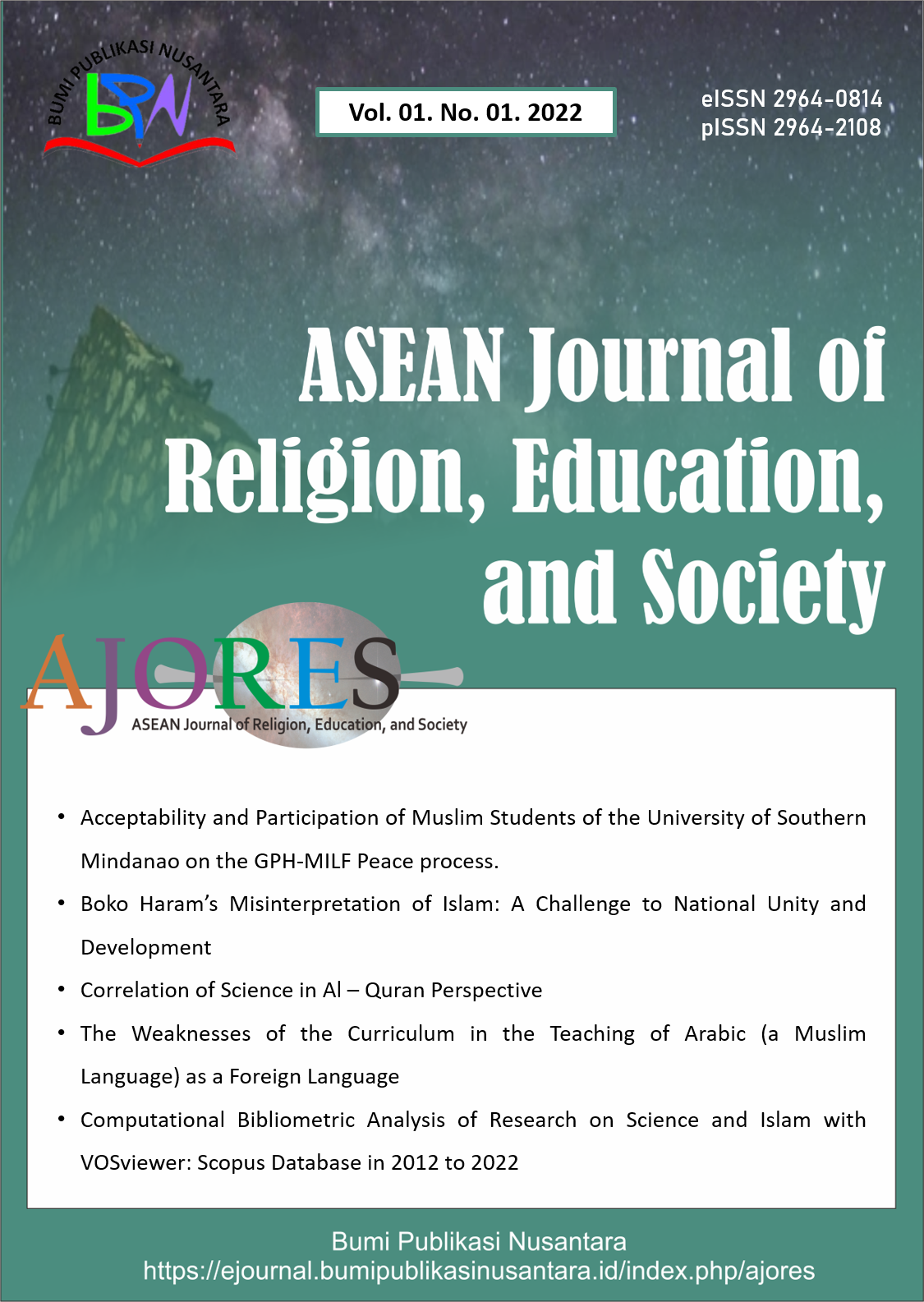- Home
- Vol 2, No 2 (2023)
- Adeoye
Augustine and Cappadocian Fathers' Summation of the Doctrine of the Trinity: A Theological Perspective
Moses Adeleke Adeoye
(1 )
),
(1) ECWA Theological Seminary Igbaja

Corresponding Author
Abstract
The Trinity doctrine was created as a kind of mystery that humans are unable to fully comprehend. The individuals of this Trinity cooperate in all things as a perfect, indivisible, and unbreakable union. It is extremely deceptive to claim that the Christian concept of God is unique to the Trinity. The idea of the Trinity is founded on three scriptural truths: that there is only one God, that God exists in three separate people, and that each of those persons is completely God. This is something that can be seen by thoughtfully and carefully studying the Scriptures. The teaching of the Trinity has been attacked by numerous heresies, but it has been firmly established in Scripture. According to Augustine, each person in Trinity's activities should be considered in isolation from one another. The Trinity doctrine's historical roots appear to be in the Greek Patristic and Biblical traditions, according to Augustine. The Cappadocian school taught that three coequal, coeternal, and coessential people make up the one Godhead, and this is an unfathomable mystery. Although the Cappadocians recognized the coequality of the divine persons, they did not entirely distance themselves from the subordinationist notions that remained from the trinitarian movement of the third century. It was concluded that We are persuaded by Augustine's argument that he does not break from Cappadocian theology other than to the extent that he expands on it and raises pertinent issues for someone who has comprehended its main idea.
Keywords
Augustine’s view; Cappadocian fathers’; Doctrine of the trinity; Theological Perspective
References
Ayres, L. (2007). Nicaea and its legacy: An introduction. Harvard Theological Review, 100(2), 141-144.
LaCugna, C. M. (1993). God for us: The trinity and christian life. author's response. Horizons, 20(1), 135-142.
Leemans, J. (2005). The first christian theologians: An introduction to theology in the early church (the great theologians). Louvain studies, 30(3), 235-236.
McGinn, B. (2001). The language of inner experience in Christian mysticism. Spiritus: A Journal of Christian Spirituality, 1(2), 156-171.
Nicolas, D. G., and Kale, M. (2023). The trinity doctrine: A stumbling block or blessing to Christianity. Jurnal Katharos: Jurnal Ilmiah Pendidikan dan Teologi, 1(1), 9-18.
Tracy, D. (1996). The hidden God: The divine Other of liberation. Cross Currents, 46(1), 5-16.
Volf, M. (1998). “The Trinity is our social program”: The doctrine of the Trinity and the shape of social engagement. Modern Theology, 14(3), 403-423.
Full Text:
PDF
Article Metrics
Abstract View

: 1762 times
PDF

Download : 1873 times
Refbacks
- There are currently no refbacks.
Copyright (c) 2023 Bumi Publikasi Nusantara

This work is licensed under a
Creative Commons Attribution-ShareAlike 4.0 International License.
 ),
),
 Corresponding Author
Corresponding Author
 : 1762 times
: 1762 times Download : 1873 times
Download : 1873 times








